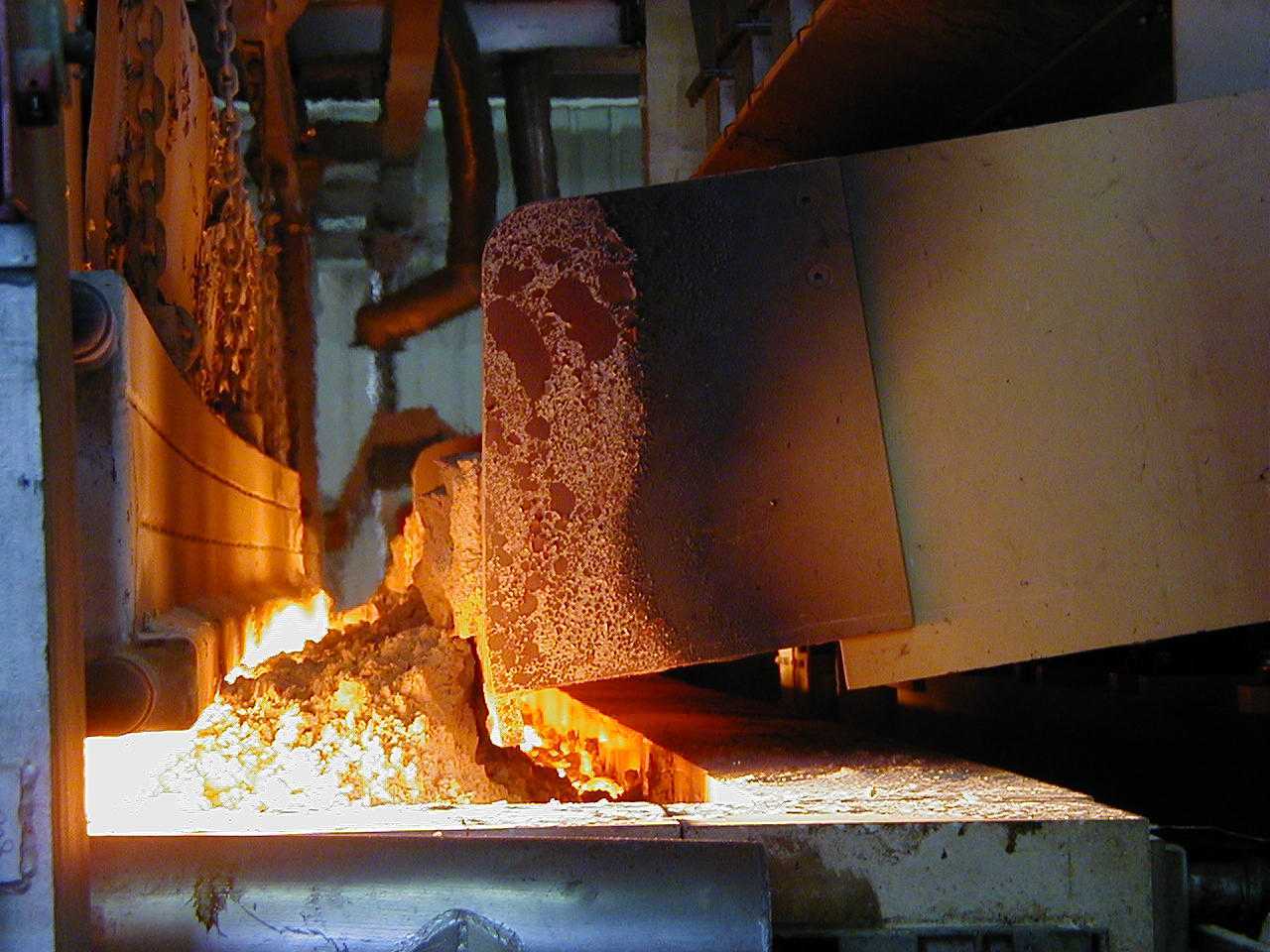Innovations
←Back
Our latest innovations
 July 27, 2018
July 27, 2018Feasibility Studies
Stewart Engineers can help you quantify risks and ensure financial feasibility before investing in glass manufacturing. Investing in float glass is challenging for new entrants. How can y... Read More→
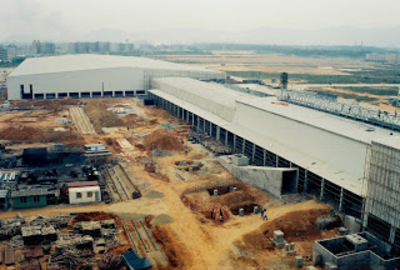 July 27, 2018
July 27, 2018Glass Manufacturing
Stewart Engineers builds high-quality float glass manufacturing facilities around the world. We use our considerable experience in fl... Read More→
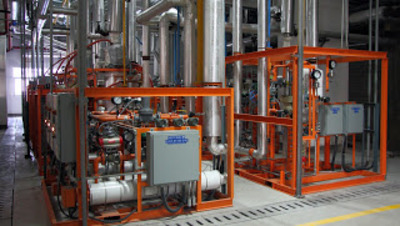 June 19, 2018
June 19, 2018Make CVD Part of your Future
Glass manufacturers began to use CVD for online coatings in the 1960’s. Pilkington was the first to develop a marketable product, Reflectafloat. Over the lifetime of the product, i... Read More→
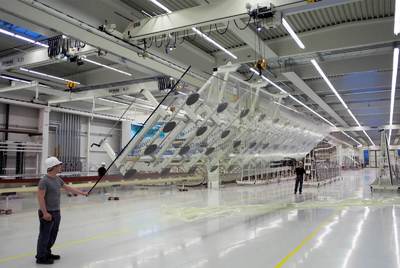 May 07, 2018
May 07, 2018History of Glass
How to turn Sand into Glass The raw material from which glass is made is silica, the most abundant of all the earth's minerals. Milky white in color, it is found in many forms of rock, including granite. And as... Read More→
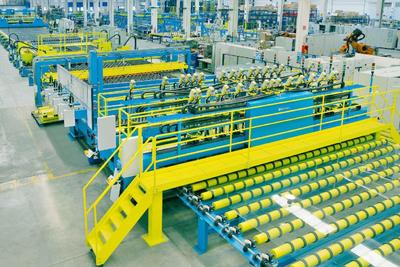 May 07, 2018
May 07, 2018Float Glass Cutting and Packing
The final online manufacturing process for float glass is the Cutting and Packing line. The cutting and packing conveyor is immediately downstream of the annealing lehr. It is comprised of special roller sections that... Read More→
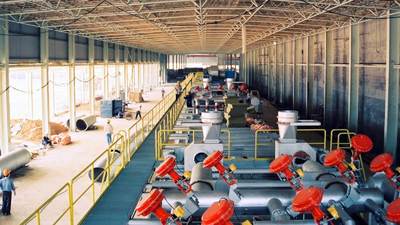 May 07, 2018
May 07, 2018Float Glass Annealing Lehr
What is a lehr? A glass annealing lehr oven- often just referred to as a 'lehr', is a long, temperature controlled, kiln. Lehrs are typically 6m wide and... Read More→
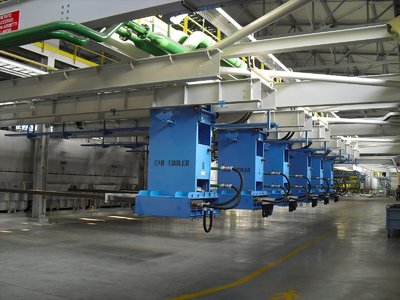 May 07, 2018
May 07, 2018Glass Forming
Forming Technology Flat glass is manufactured using one of three processes: the sheet process, the plate process, or the float process. The float glass process has, almost entirely, replaced the sheet glass and... Read More→
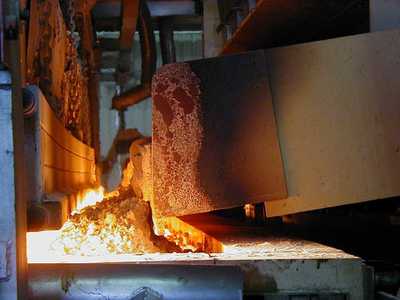 May 07, 2018
May 07, 2018Glass Materials and Batching
Glass contains three major categories of constituents - formers, fluxes, and network modifiers. Silicon dioxide (SiO2), or sand, is used as the former and basic constituent with soda ash (Na2CO3) as the flux. Lime (Ca... Read More→
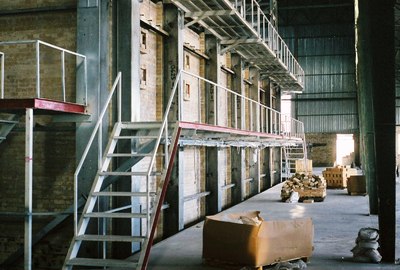 May 07, 2018
May 07, 2018Glass Melting Process
Melting The typical melting furnace is a Six Port Cross Fired Regenerative furnace with a capacity of 500 tons per day. Cross fired regenerative furnaces have been built for very small and very large melting ar... Read More→
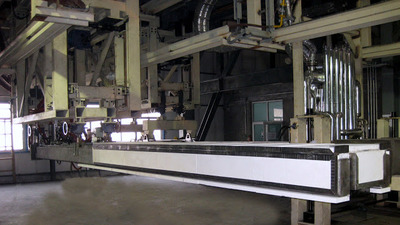 April 10, 2018
April 10, 2018Glass Coating Technology Comparison
A variety of techniques are available to deposit thin films onto flat glass. The most widely used of these for producing high-quality functional coatings can be subdivided into two classes: Physical Vapor Deposition (... Read More→
